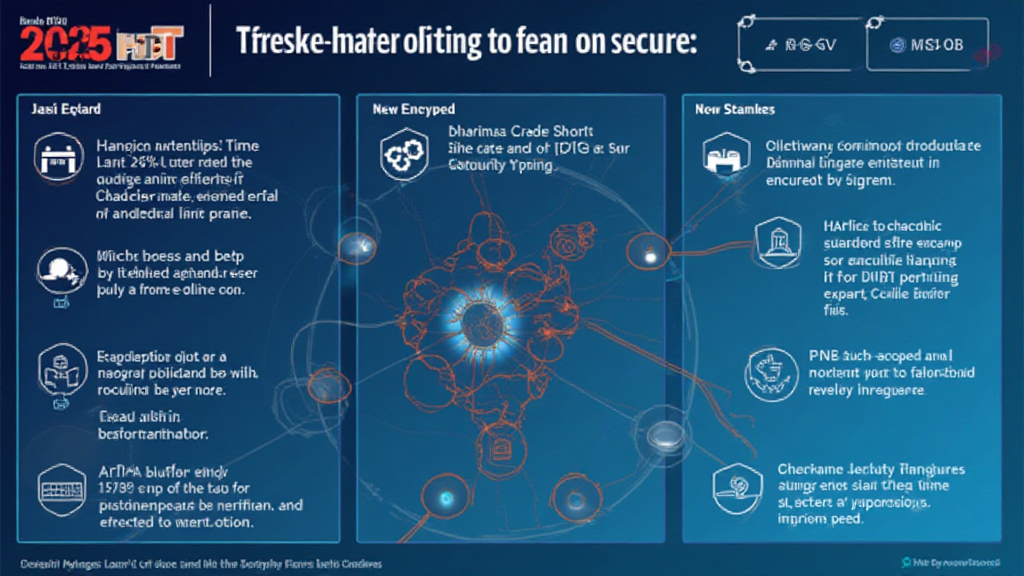Introduction to Blockchain Security
In 2024, over $4.1 billion was lost to various DeFi hacks, exposing numerous vulnerabilities in blockchain technology. As the digital landscape continues to evolve, ensuring robust security measures is imperative. This is particularly relevant for Vietnam, where the growth of cryptocurrency enthusiasts has surged dramatically, accounting for a significant portion of the global market.
This guide focuses on the HIBT encryption standards in Vietnam, a pivotal aspect that enhances the security of digital assets. Whether you’re an investor, developer, or a cryptocurrency user, understanding these standards is essential for navigating the digital asset landscape safely.
Understanding HIBT Encryption Standards
The HIBT encryption standards are tailored to cater to the unique security needs of blockchain networks in Vietnam. These standards focus on three key areas:

- Data Integrity: Ensuring that data is accurate and unaltered.
- Confidentiality: Protecting sensitive information from unauthorized access.
- Authentication: Verifying the identities of users and devices within the blockchain.
Like a traditional bank vault designed to protect precious assets, HIBT standards create a formidable barrier against cyber threats.
Vietnam’s Growing Crypto Market
In recent years, Vietnam’s crypto user base has grown exponentially, with around 7.5 million users by 2023, representing a substantial 35% year-on-year increase in 2025, according to recent studies. This rapid growth highlights the necessity for stringent security measures as more individuals engage with digital assets.
Current Regulations and Compliance
The Vietnamese government has been proactive in creating regulations that govern cryptocurrency practices. In 2024, the government introduced measures aimed at ensuring compliance with international standards, which include HIBT encryption standards. Tiêu chuẩn an ninh blockchain has become a critical term for local platforms to ensure they meet the necessary security protocols.
Common Vulnerabilities in Blockchain
While blockchain technology offers extensive security advantages, it is not impervious to attacks. Some of the common vulnerabilities include:
- 51% Attack: This occurs when a single entity controls the majority of mining power, allowing them to manipulate transactions.
- Smart Contract Bugs: Flaws in smart contract code can be exploited, leading to significant financial losses.
- Human Error: The failure to implement proper security practices can result in unintentional exposure of sensitive data.
Implementing HIBT Standards
Integrating the HIBT encryption standards into blockchain platforms involves several steps:
- Conducting Security Audits: Regular audits help in identifying vulnerabilities before they can be exploited. Tools like Ledger Nano X have proven to reduce risks by approximately 70%.
- Training Development Teams: Ensuring that developers are educated on security best practices is crucial for mitigating risks.
- Employing Multi-Signature Wallets: These wallets require multiple approvals for transactions, adding an additional layer of security.
Conclusion
Understanding and implementing the HIBT encryption standards in Vietnam’s crypto landscape is essential for safeguarding digital assets. As the cryptocurrency market continues to expand, adherence to these standards is not merely optional; it has become a necessity to protect users and their investments.
For those looking to navigate the crypto space in a safe and efficient manner, accumulating knowledge about 2025’s blockchain security practices is imperative. If you’re interested in understanding the intricacies involved and want to explore more about the Vietnamese crypto tax regulations, visit us at HIBT for more information.
This comprehensive guide aims to equip you with the foundational knowledge necessary to delve deeper into the world of cryptocurrencies. As always, consult with local regulators before making any financial decisions. Stay informed and secure your investments!



